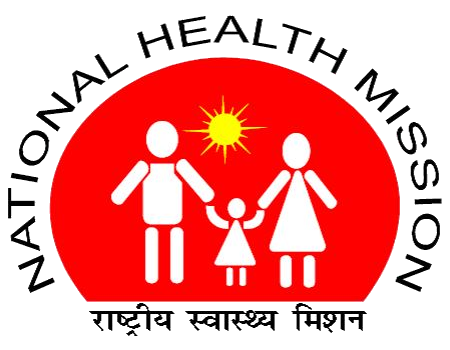National Health Mission
The National Rural Health Mission was launched on the 12th April, 2005 and is one of the major flagships programmed of the government in the health sector. The Mission aims at inclusive health, improved access to quality health care for people in rural areas, particularly women, children and the under privileged by promoting integration, decentralization and encouraging community participation in health programme. It also aims at mainstreaming Indian System of Medicine ie. Ayurveda, Yoga, Unani, Siddha and Homeopathic system of medicine to facilitate in health care. The Plan of Action includes increasing public expenditure on health, reducing regional imbalance in health infrastructure, pooling resources, integration of organizational structures, optimization of health manpower, decentralization and district management of health programme, community participation and ownership of assets, induction of management and financial personnel into district health system, and operationalizing community health centers into functional hospitals meeting Indian Public Health Standards in each Block of the country.
With the advent of the National Urban Health Mission in 2013, separate NUHM PIPs are made. The sub- mission strives to improve the health status of the urban poor particularly the slum dwellers and other disadvantaged sections by facilitating equitable access to quality health care.
Now the National Health Mission subsumes NRHM and NUHM the two sub-missions. The main goals of NHM are to reduced Infant Mortality Rate (IMR), Maternal Mortality Ratio (MMR) and Total Fertility Rate (TFR); thus, reducing growth rate in a population with a view to achieved gender and demographic balance, prevention and reduction of Anaemia in women aged 15-49 years. Apart from other NRHM goals, it aims to reduce household out- of- pocket expenditure on total health care expenditure.
 NHM Mizoram
NHM Mizoram